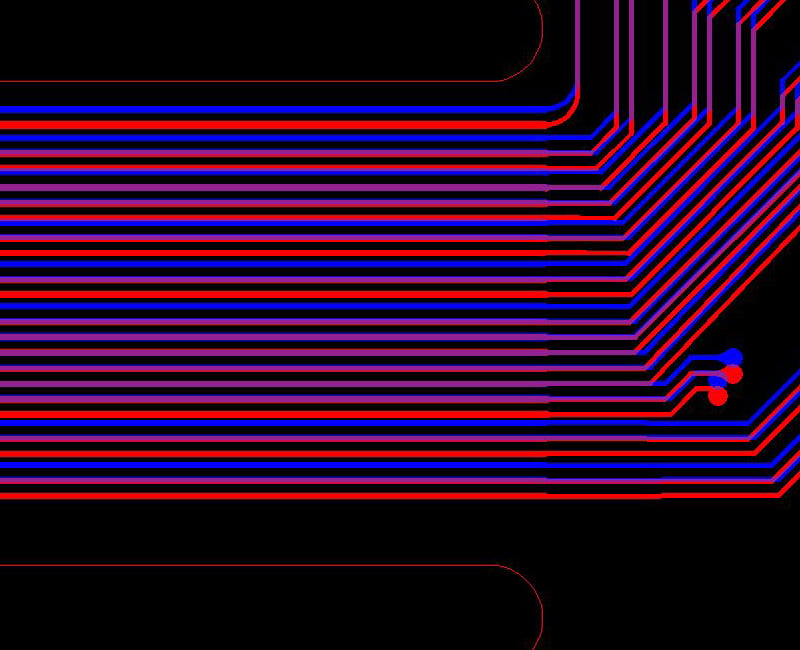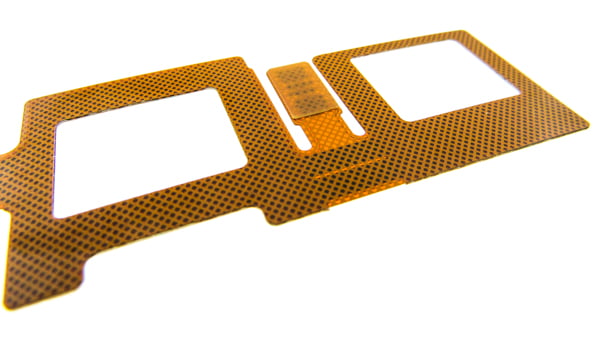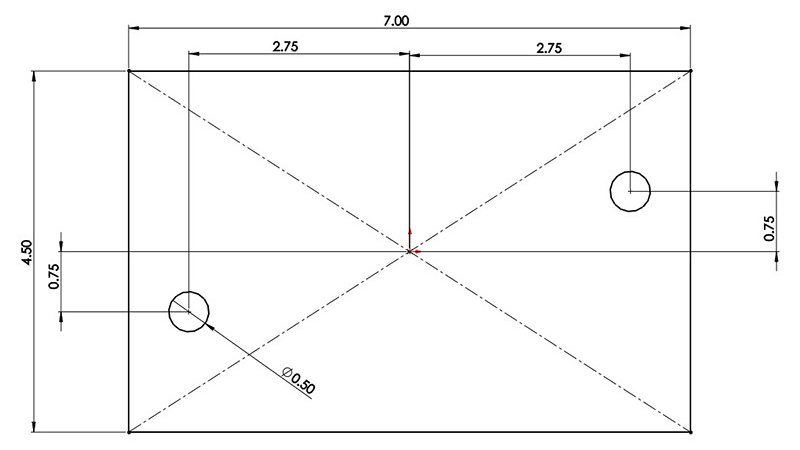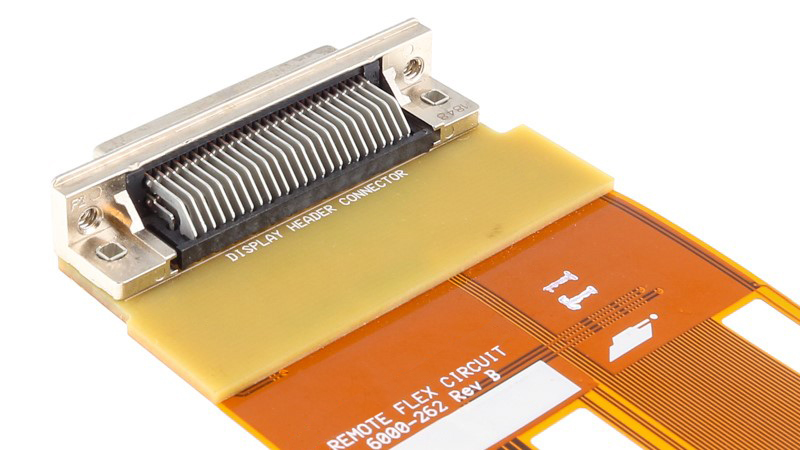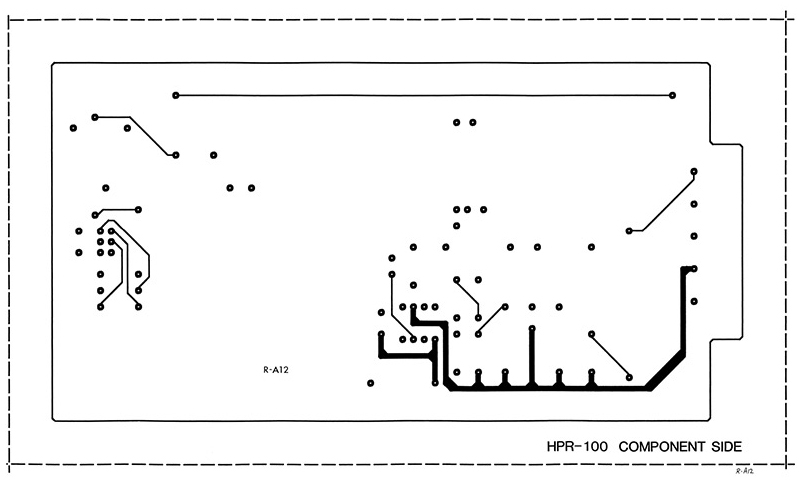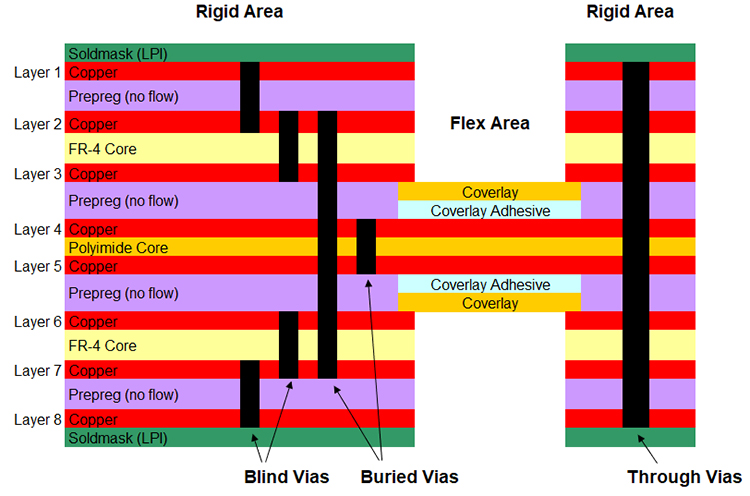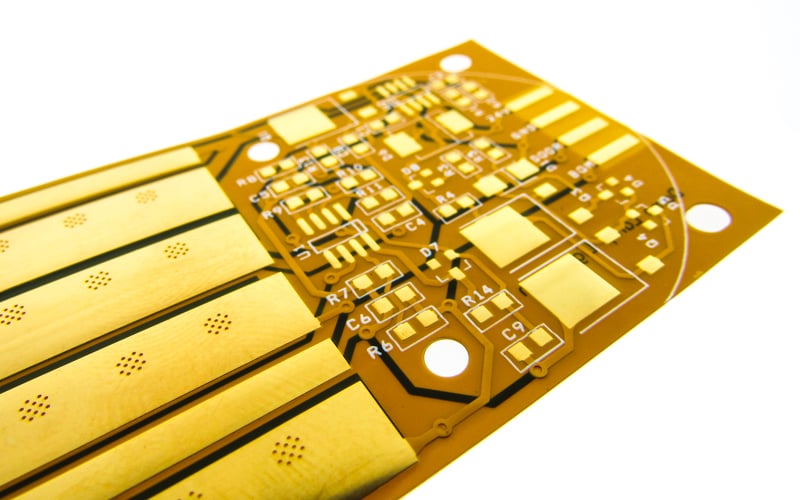Dating back to 1952, we are industry leaders and experts in all things printed circuit board (PCB) related, rigid PCBs, flexible circuits, and rigid-flex circuit boards combined, we know all the options and the difficulties in the fabrication processes. In this blog, we will focus on flex and rigid-flex PCBs what you should know and what to look for regarding the design and layout, as well as the importance of a successful data set and what is needed to prevent delays in engineering and manufacturing.
At the conclusion of our webinar, EMI Shielding Methods for Flex & Rigid-Flex PCB Designs, we had several questions submitted to our presenter, Paul Tome, Product Manager of Flex & Rigid-Flex Circuits at Epec. We have compiled these questions into a readable format on our blog.
Typically, constraints are not something a designer wants to incorporate into a new project when first getting started on a new product. When you hear “constraint”, the first word that may come to mind could be “limitation”. Generally speaking, that word association is accurate, however, when dealing with CAD software it is not necessarily a negative thing.
Flex circuits have the capability of utilizing a wide variety of connector options. The list, with a couple of exceptions, includes all connector systems that can be used on rigid printed circuit boards (PCBs) plus a couple of additional systems that were specifically designed for interconnecting flexible circuits to rigid PCBs or wiring harnesses.
I love looking at data. Sounds weird, right? I guess it is because I have been working in the industry for so many years. I have seen the technology changes, and I just find it fascinating. In this blog post, we will recap the past, which some of the time creeps its way back to Epec, the present, and the future of printed circuit boards (PCBs).
Let’s get to it.
The last 18 months have been some of the most challenging that many of us have had to deal with both personally and professionally. It has often felt like we were riding waves, coming closer to things getting a little more normal, only to have them change radically. Looking forward to the next 18 months, I don’t see those changes getting any easier for us or our industry.
With advancements in rigid-flex PCB design technology, the use of laser-based systems in the manufacturing process are very common in the industry. Not having laser drilling and cutting available would place significant limitations on what could be accomplished in a design and what components could be used.
Cable assemblies are needed across various industries and are utilized in goods that include consumer electronics, industrial products, mil areo, and even medical devices. Low cost does not mean low quality; in fact, low-cost cables are qualified for use on many high-reliability applications.
Many flexible circuit board applications require designs to be exposed to and or operate continuously at elevated temperatures well beyond that of standard room temperature. These requirements are above and beyond the requirements of component or connector assembly.
Specific to medical devices, handheld electronics, rack-mounted equipment, and other instrumentation utilize membrane switches as a low-cost and high-reliability solution for keypad and button technologies. There are countless button and switch options available for the plethora of design requirements that exist. Medical professionals use these buttons as the primary way to interface and operate the device.


